Big cats, including lions, tigers, leopards, jaguars, and cheetahs, are often seen as quintessential emblems of the untamed wilderness. These majestic creatures possess an allure and mystique that has captivated human imagination for centuries. Their significance goes beyond their ecological roles, as they serve as potent symbols and flagship species in conservation campaigns worldwide.
The Appeal of Charismatic Megafauna
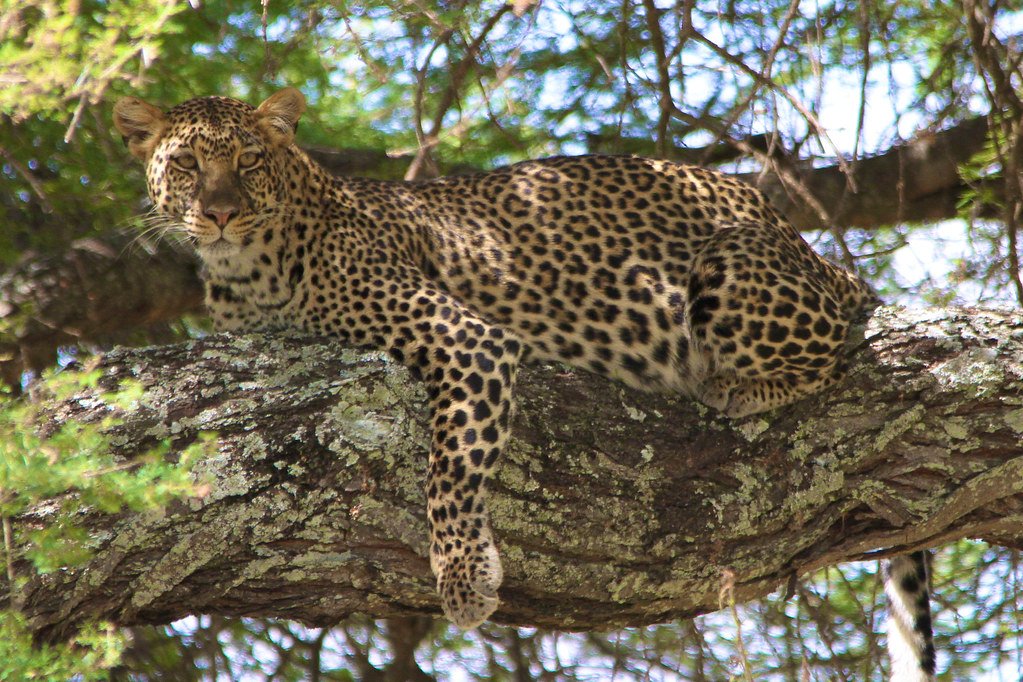
Charismatic megafauna, a term used to describe large animals with widespread popular appeal, has become a strategic focus in conservation circles. Big cats epitomize this concept, drawing attention to broader environmental issues due to their grandeur and public fascination. Conservation efforts often leverage their charisma to garner public support and funding.
The Role of Apex Predators in Ecosystems
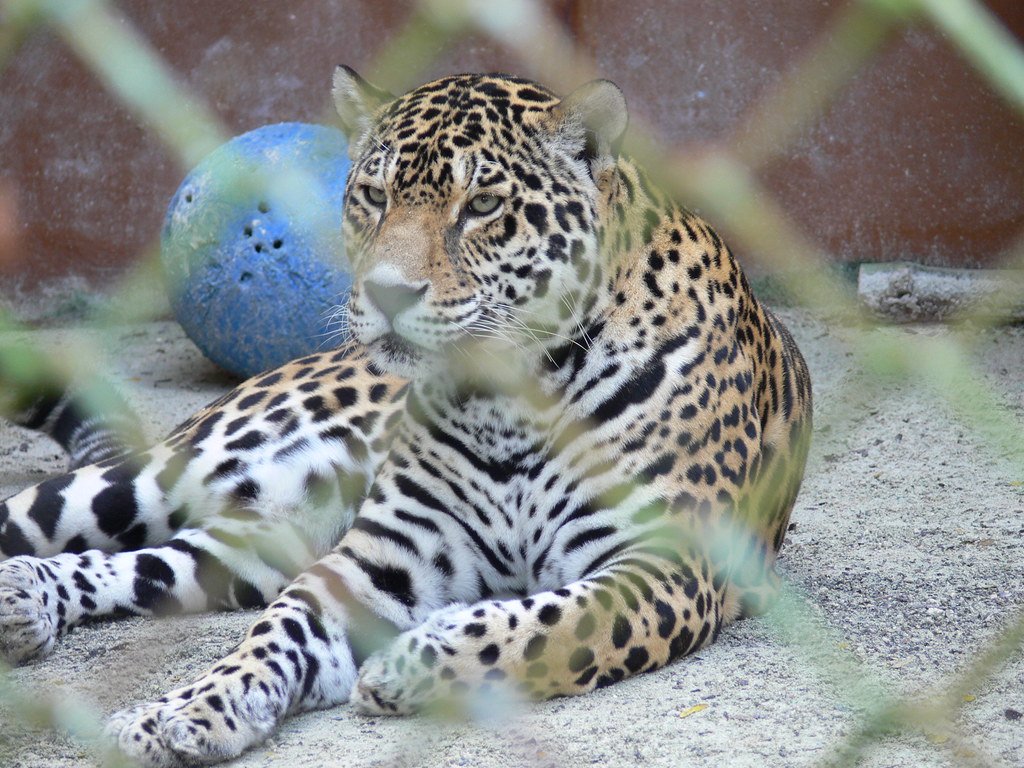
Big cats are apex predators, meaning they sit at the top of their food chains. Their survival is crucial for maintaining ecological balance, as they control prey populations and help regulate the ecosystems they inhabit. Ensuring the survival of these predators often results in the protection of entire landscapes and the myriad species they support.
The Historical Threats Facing Big Cats
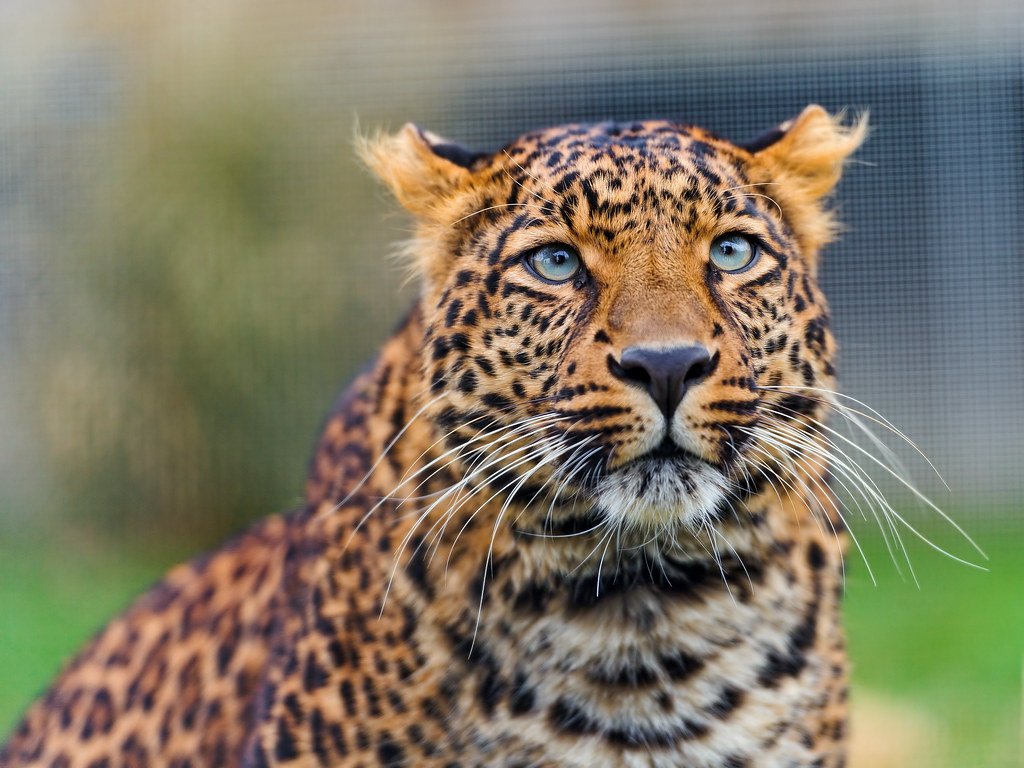
Historically, big cat populations have faced numerous threats, including habitat loss, human-wildlife conflict, poaching, and illegal trade. These challenges have led to significant declines in their numbers, pushing several species to the brink of extinction. The plight of big cats has often highlighted the urgent need for conservation measures.
Leading Conservation Movements: Big Cats at the Forefront
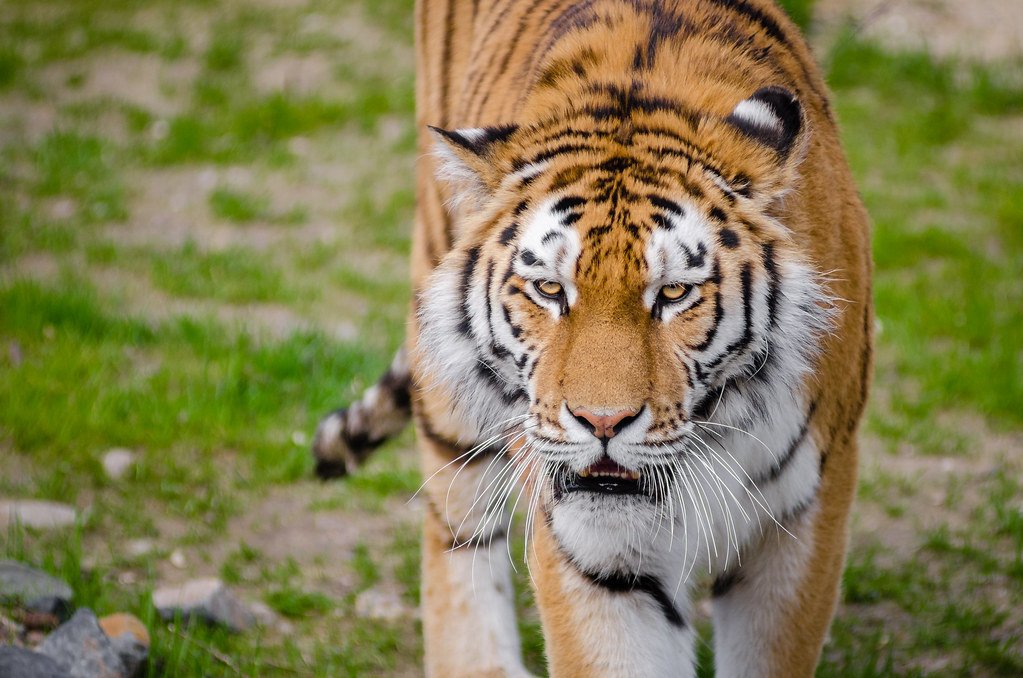
Several global conservation movements have taken flight with big cats as their focal point. Initiatives such as the World Wildlife Fund’s (WWF) tiger conservation program and Panthera’s various projects have achieved remarkable progress, demonstrating the power of dedicated action and advocacy in wildlife conservation.
Innovative Approaches to Big Cat Conservation
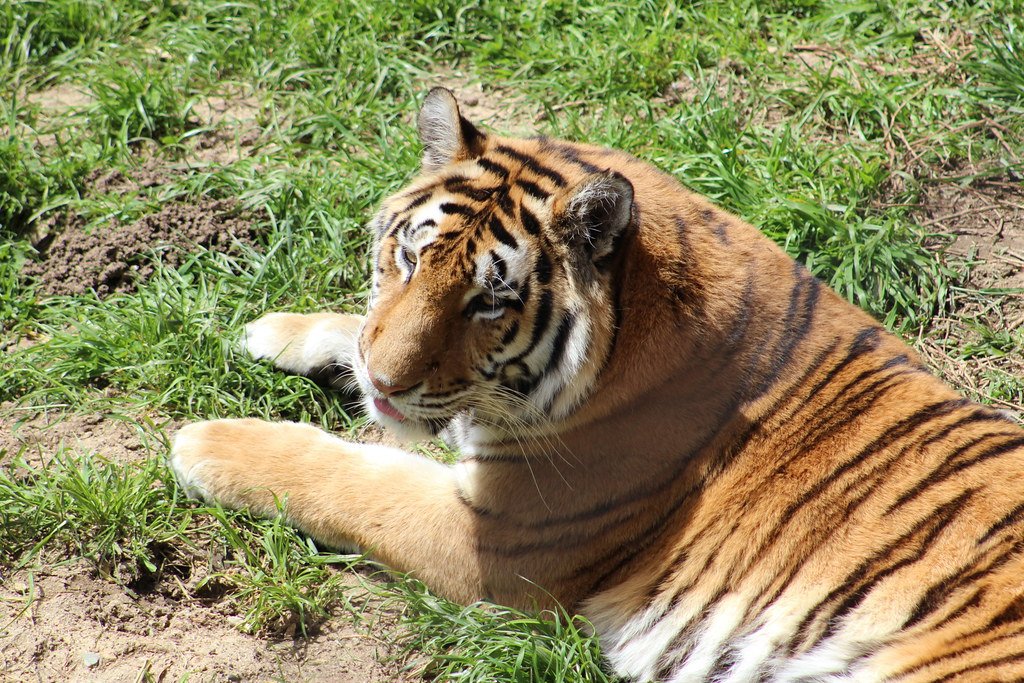
Modern conservation strategies have evolved to include innovative approaches such as community-based conservation, ecotourism, and genetic research. These methods aim to address the complex challenges facing big cats by promoting sustainable coexistence between humans and wildlife, ensuring the long-term survival of these species in their natural habitats.
Community Involvement: A Key to Success
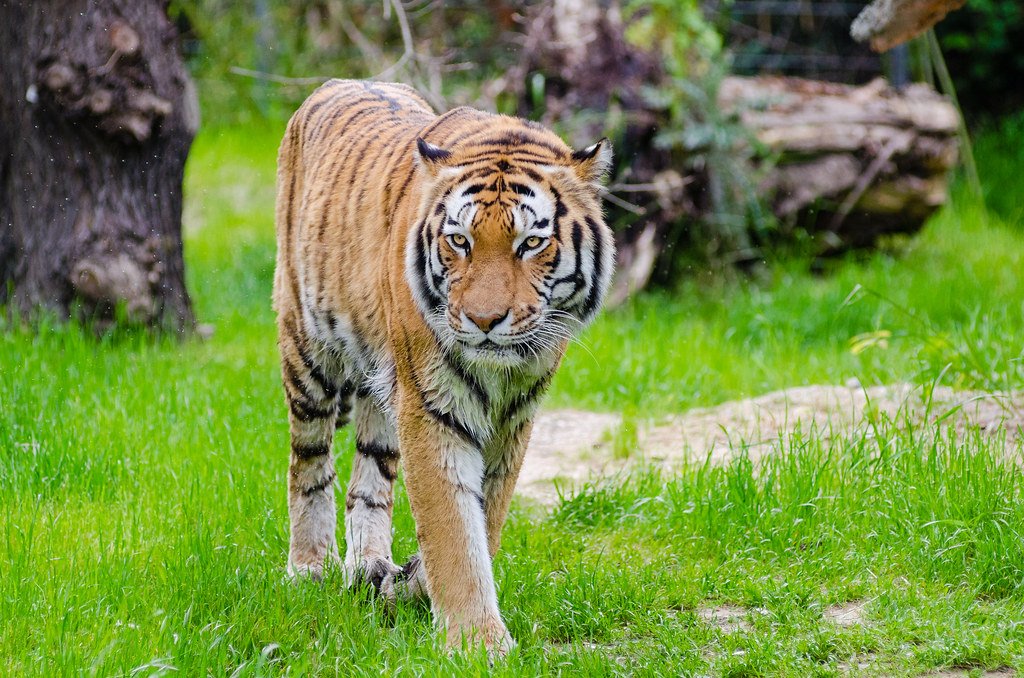
Community involvement has emerged as a crucial component of successful conservation efforts. Programs that engage local communities in conservation activities, provide education, and create economic opportunities are instrumental in fostering a sense of stewardship. By aligning the interests of local people with conservation goals, these efforts become sustainable and impactful.
The Role of Technology in Big Cat Conservation
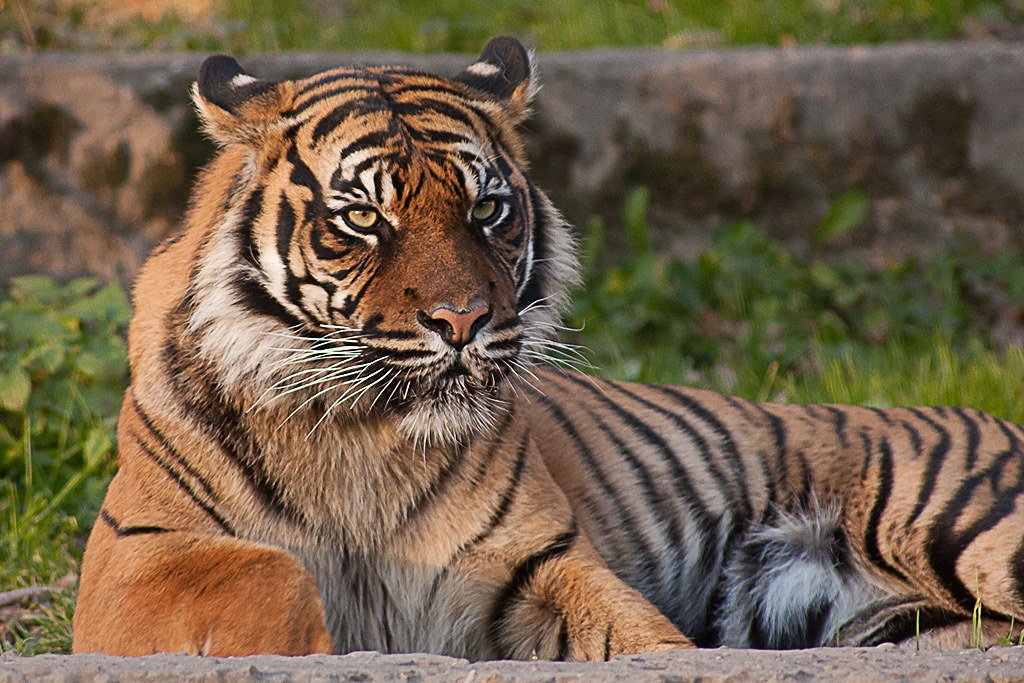
Technology plays a vital role in modern conservation strategies. Tools like camera traps, GPS tracking, drones, and advanced data analytics help researchers monitor big cat populations, study their behaviors, and identify critical habitats. These technologies enable data-driven decision-making and enhance the effectiveness of conservation programs.
Challenges and Future Directions
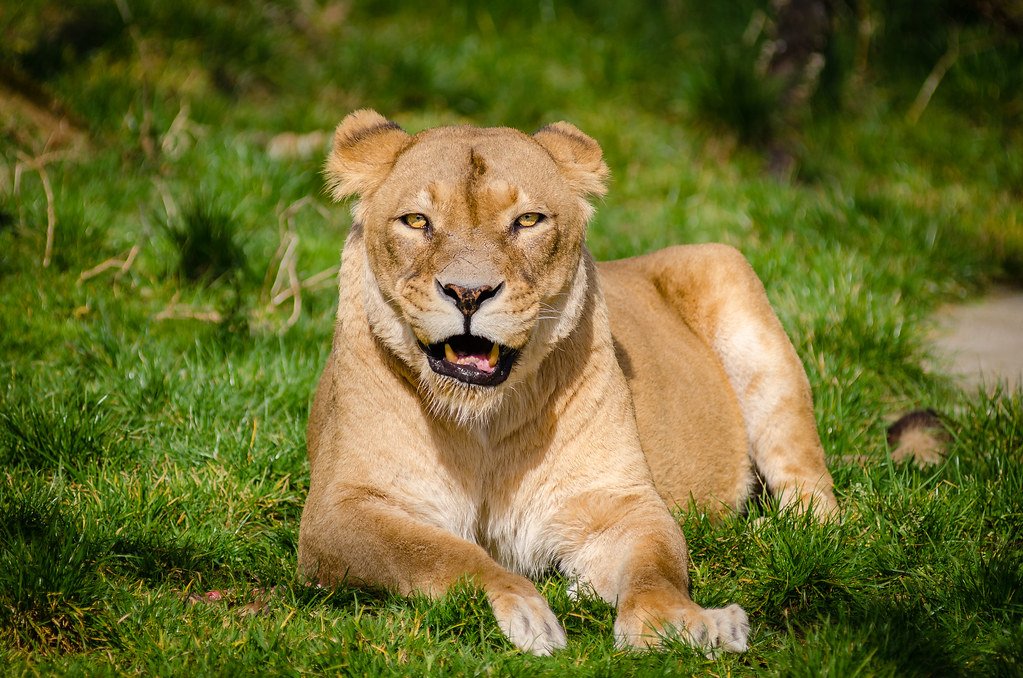
Despite progress, big cat conservation faces ongoing challenges, such as political instability, insufficient funding, and climate change. Continued efforts are needed to address these issues and adapt to new threats. The conservation community must remain vigilant and innovative to ensure the persistence of big cats in the wild.
The Inspirational Power of Big Cats
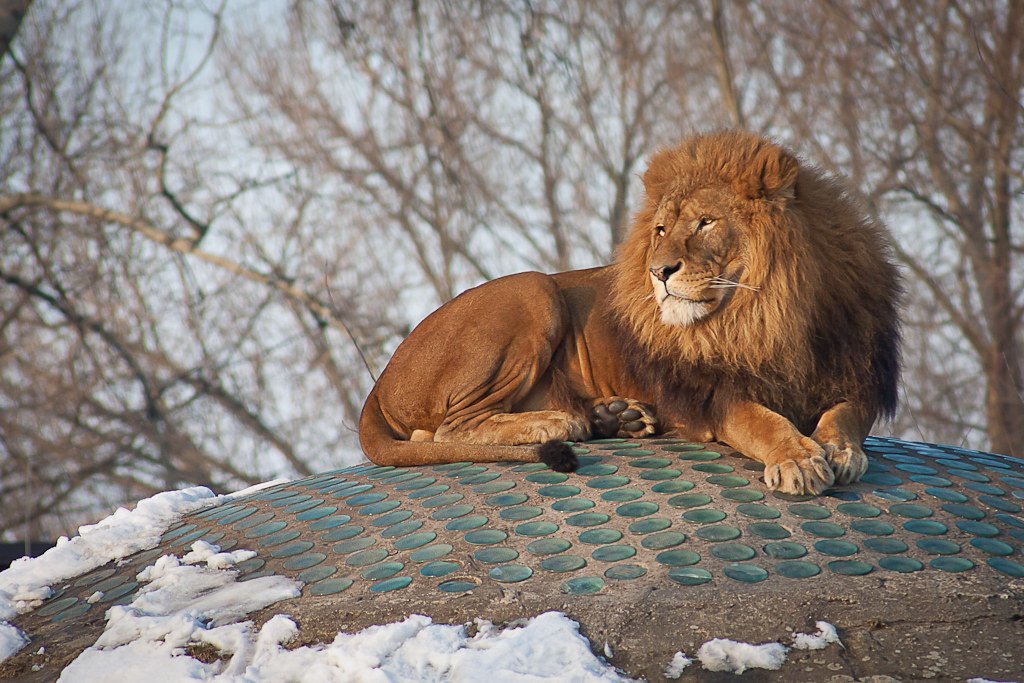
Big cats continue to inspire people around the world, serving as powerful ambassadors for global conservation efforts. Their struggle and survival stories resonate deeply, motivating individuals and organizations to take action for the preservation of our planet’s biodiversity. As symbols of elegance and strength, big cats illuminate the path toward a more sustainable future for all species.
Hi, I’m Bola, a passionate writer and creative strategist with a knack for crafting compelling content that educates, inspires, and connects. Over the years, I’ve honed my skills across various writing fields, including content creation, copywriting, online course development, and video scriptwriting.
When I’m not at my desk, you’ll find me exploring new ideas, reading books, or brainstorming creative ways to solve challenges. I believe that words have the power to transform, and I’m here to help you leverage that power for success.
Thanks for stopping by, Keep coming to this website to checkout new articles form me. You’d always love it!






